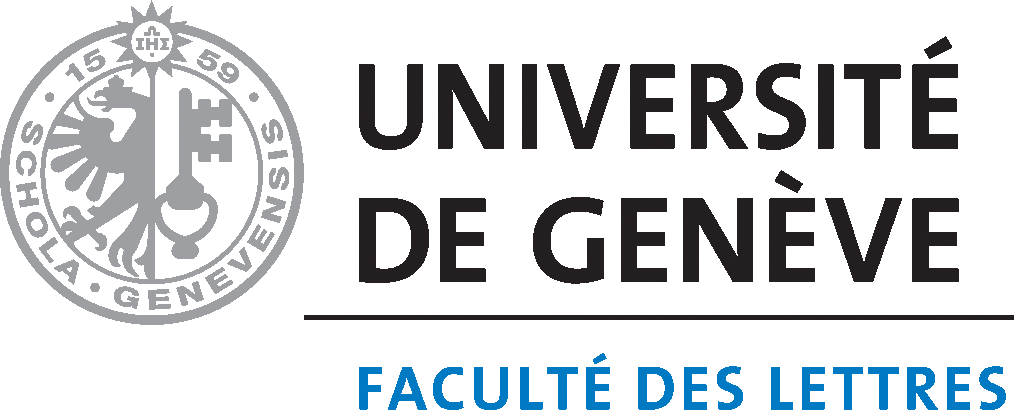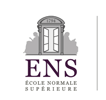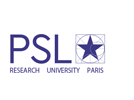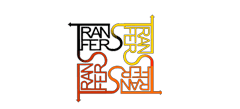Abstract
By exploring early available travelling Western illustrations, image sources for the Akita Ranga painters in eighteenth century Japan, this article attempts to show how they developed, merging Japanese traditional Kano school aesthetics, new realistic Chinese trends for still-life images, and Western type illusionism, using Japanese traditional pictorial materials. The Akita Ranga school’s inventive compositional framework is the consequence of interaction with European models traced back to the famous Vesalius anatomy images with landscape, finally reaching Europe via Ukiyo-e prints, forming a full circle of the migration of images.
Recommended Citation
Abe, Kuniko. "Travelling Images in the Global Context: A Case Study of the Short-Lived 18th century Akita Ranga Painting School in Japan." Artl@s Bulletin 10, no. 1 (2021): Article 3.






